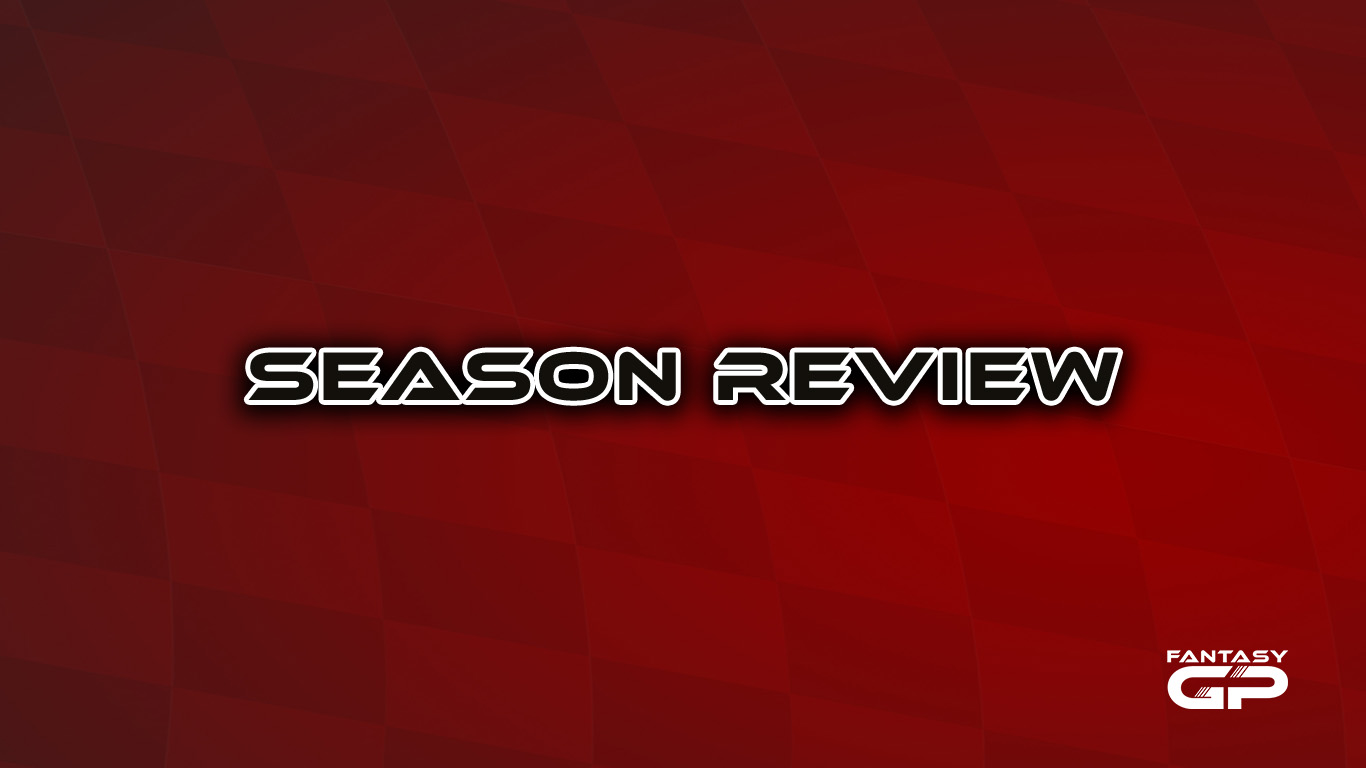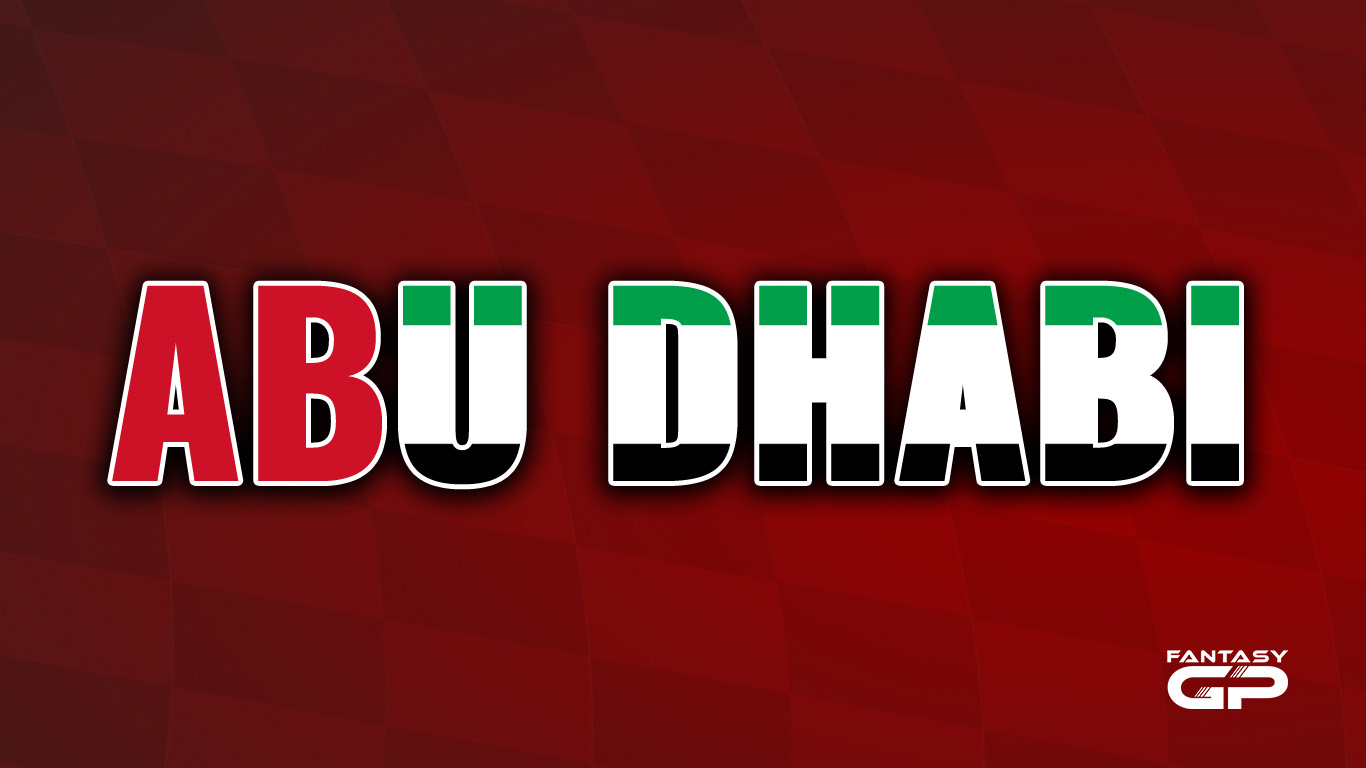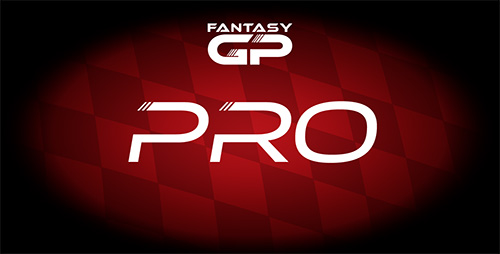News & Updates
The latest from Fantasy GP HQ
Financial Markets Explained
We've introduced fluctuating driver and car pricing for 2018, here's everything you need to know.
Date published: 22nd March 2018
New for Fantasy GP in 2018 – Price Changes for both Drivers and Cars! For the last 9 seasons we’ve have fixed prices for drivers and cars, but this year, for the first time we’re introducing fluctuating prices for drivers and cars.
After each grand prix, the list price for drivers and cars can go up or down, depending on performance, events and results. The maximum a driver or car will change by is $3million in increments of $0.5million.
Price Changes
After a good (or bad!) race, a driver or constructor’s value may change, but this isn’t a fixed calculation – it’s down to analysis from the team of pundits at Fantasy GP. We take into consideration the reasons for the performance and look back over recent results and events.
For example, if a Toro Rosso wins in Melbourne, they won’t necessarily increase by $3million immediately. If they were to win in Bahrain and China, then they probably would. We’re looking for trends rather than knee-jerk reactions. That said, there could be a market crash or spike later in the season. All changes will be reported on FantasyGP.com and via our Pit Wall and social media channels.
When Will Prices Change?
Fantasy GP results are published as soon as possible following official results being published, usually within 1 hour of the race finishing. However, the game will remain ‘locked’ until the driver and car prices have been reviewed.
We aim to complete any changes as soon as possible, but at the latest by 9am GMT Monday following a Grand Prix. Prices will not change from then until after the following race, unless there are special circumstances. We will communicate via the Pit Wall and our social media channels.
Teams and Budgets
All Fantasy GP players have a set budget of $75million to buy drivers and cars. If you spend all your budget, and then your drivers and cars go up in price, you will still have your same team. There is no need to change because you’re over-budget because you originally bought the drivers and cars within the limits set at the time.
If either (or both!) your drivers and your cars go up in price, it’s a positive, because the value of your team will have gone up. If you bought Kimi Raikkonen for $15million, then he obtains three consecutive wins, his price may go up to $18million. So if you then decided to sell Kimi you would get the current price, $18million – giving you a profit of $3million. Effectively, you are now operating on a budget of $78million.
Remember that prices can also go down, so any gains on a well-performing driver or team may be cancelled out by one of your poor performers going down in price.
Strategy and Trading
With the fluctuations in price, it is possible to trade drivers and cars in an attempt to make a profit, and have a bigger budget to spend on your team. Carrying on the theme above, if Toro Rosso make a great start to the season, jump in value, you may choose to sell them at a higher price than you paid, to have money to spend elsewhere.
However, the overall aim remains the same – to get as many points as possible. There is no real benefit to selling a star of your team unless their replacements can replicate, or better, the points they are achieving. Also, to prevent unnecessary “flipping” from race-to-race, players are limited to a certain number of free changes (8 for standard players, 20 for Pro!). Once these limits have been reached, you will be penalised 10 points for every further change, so finding a balance is crucial!



